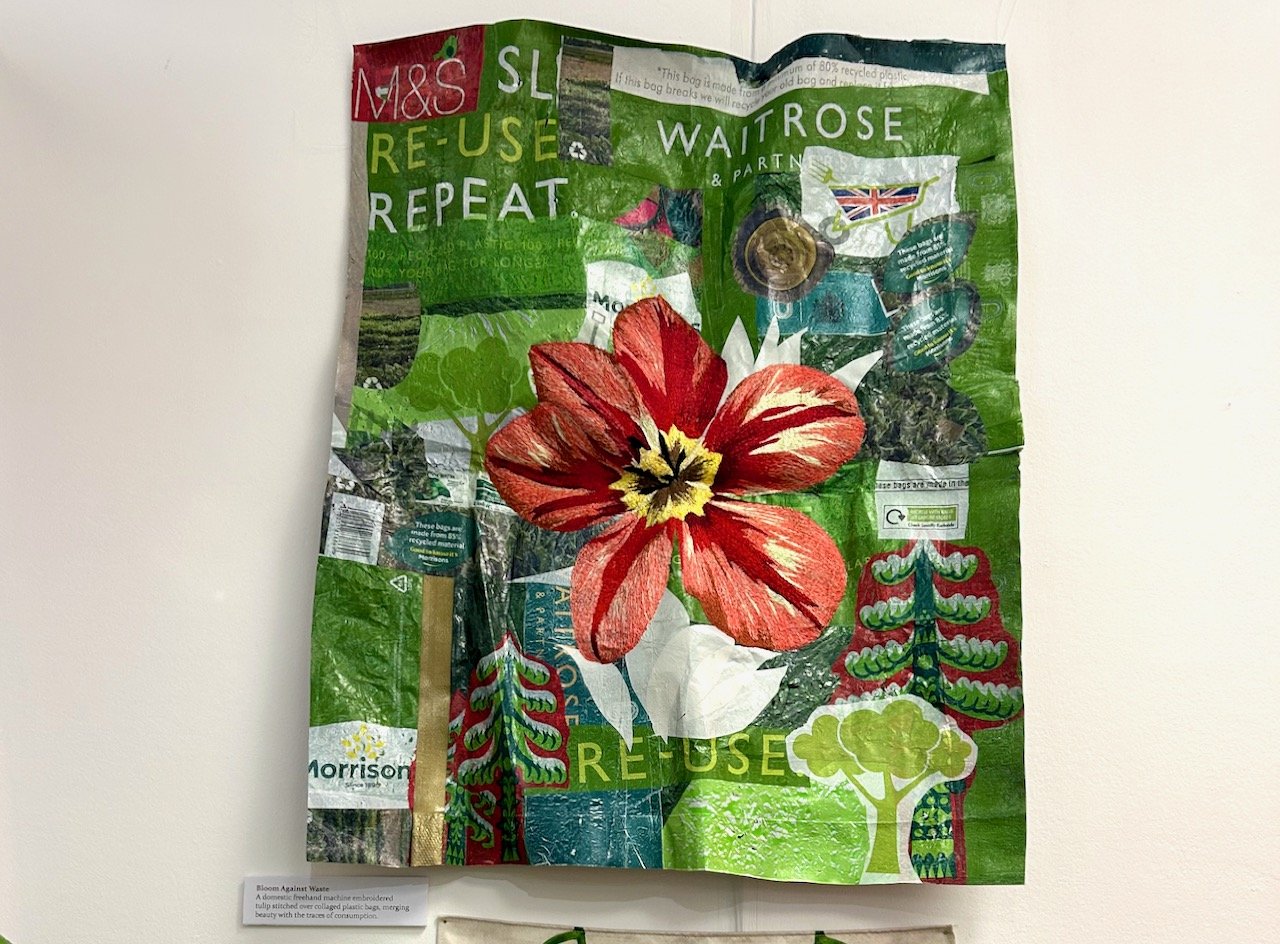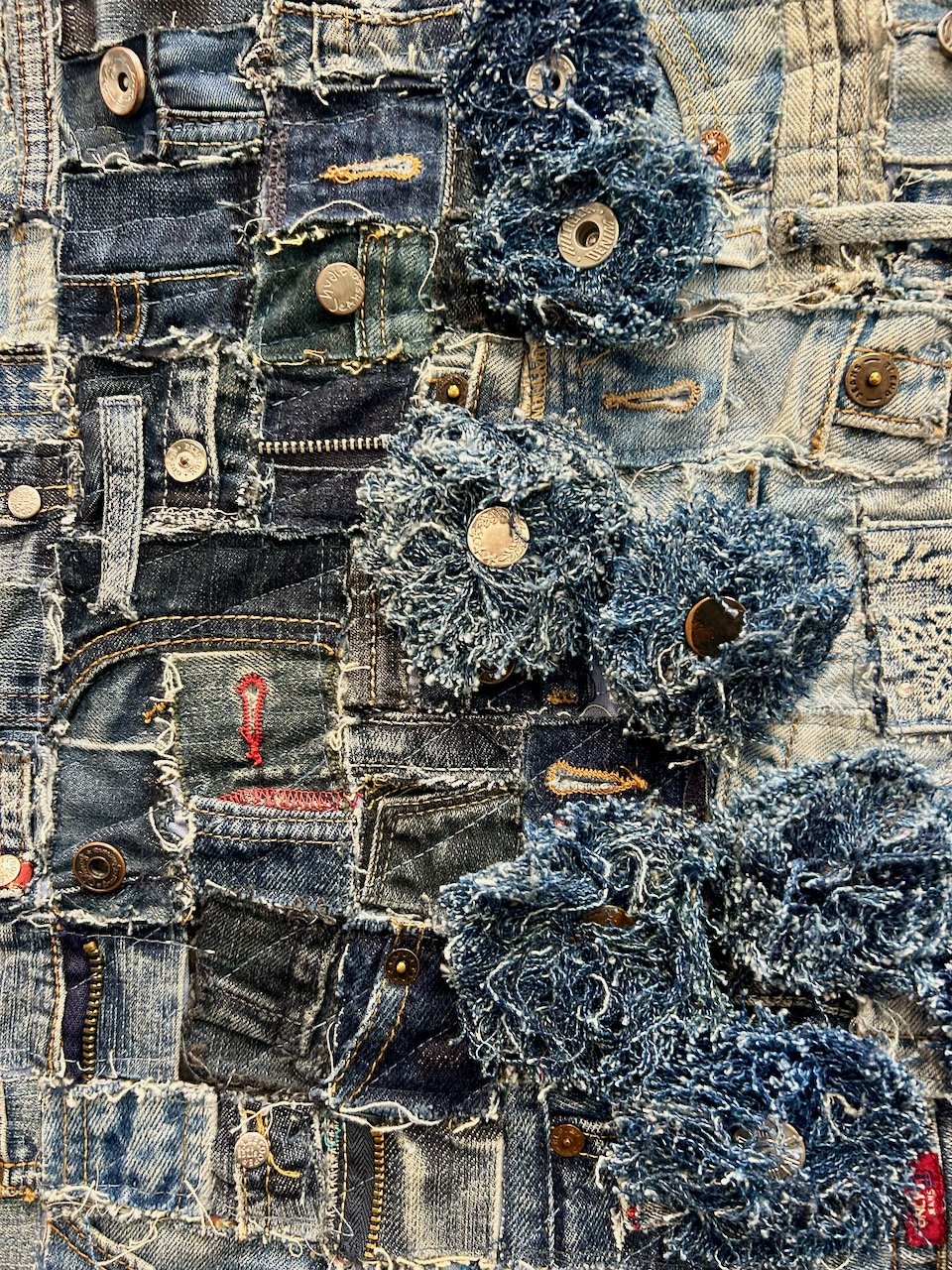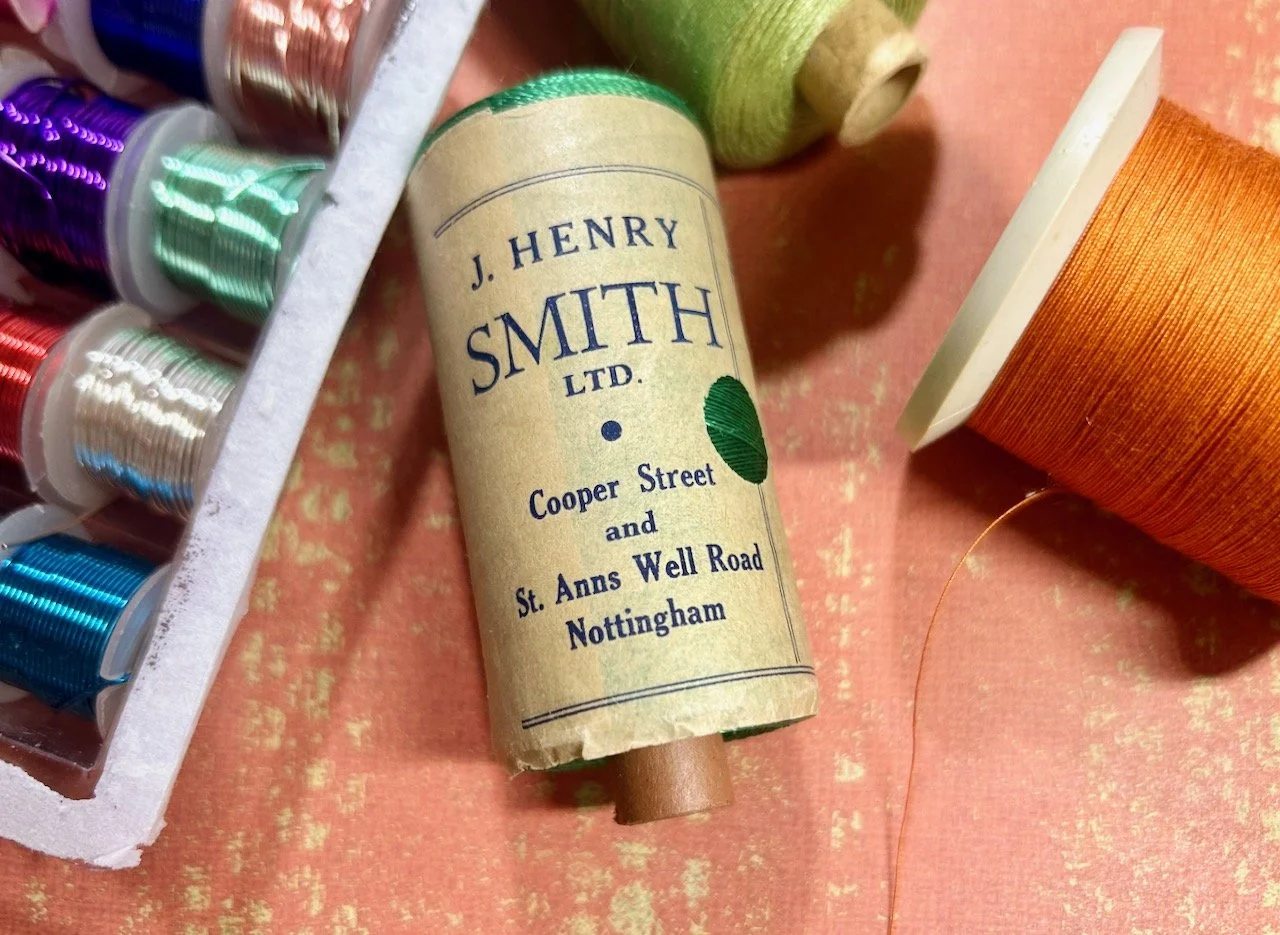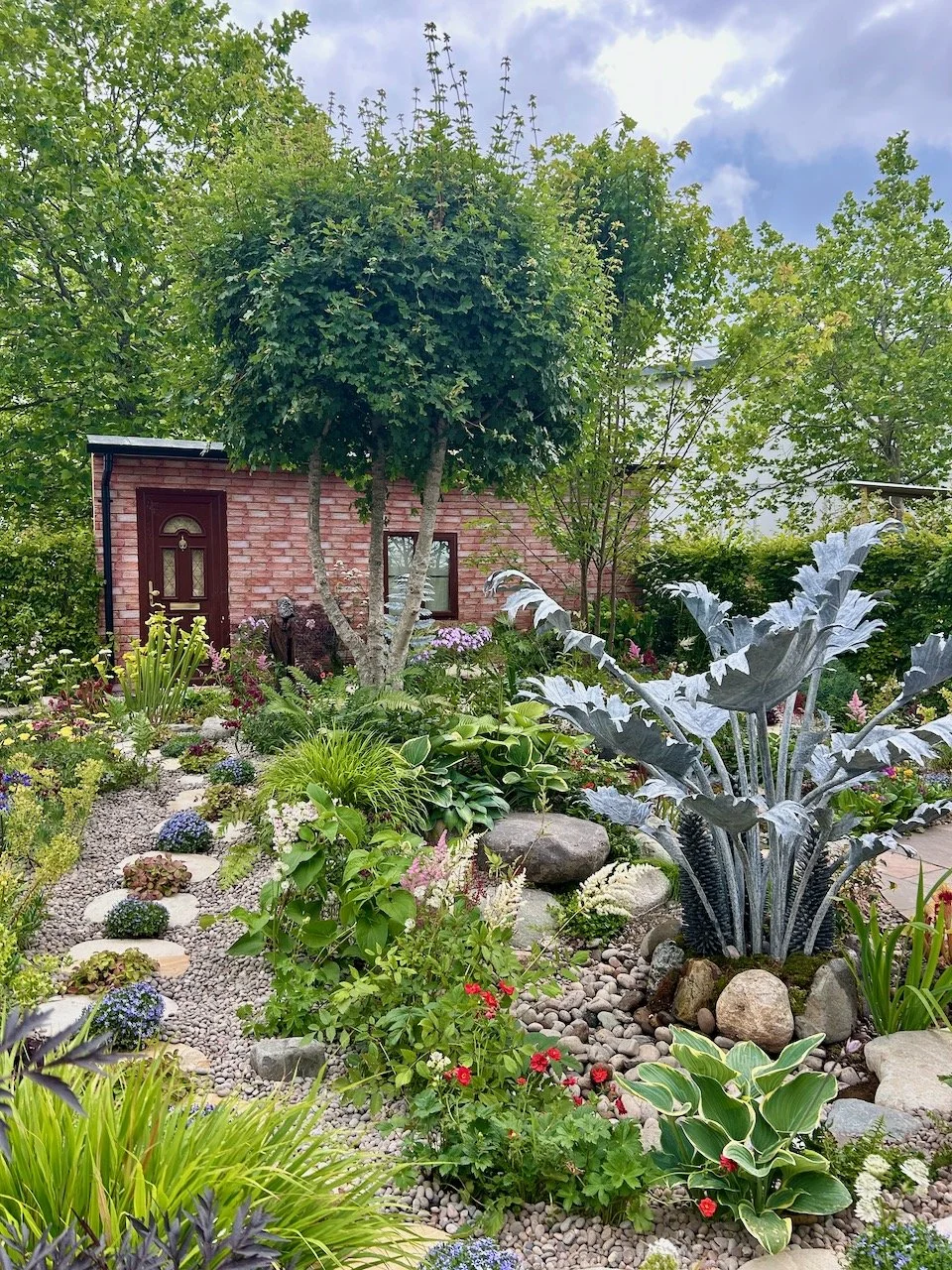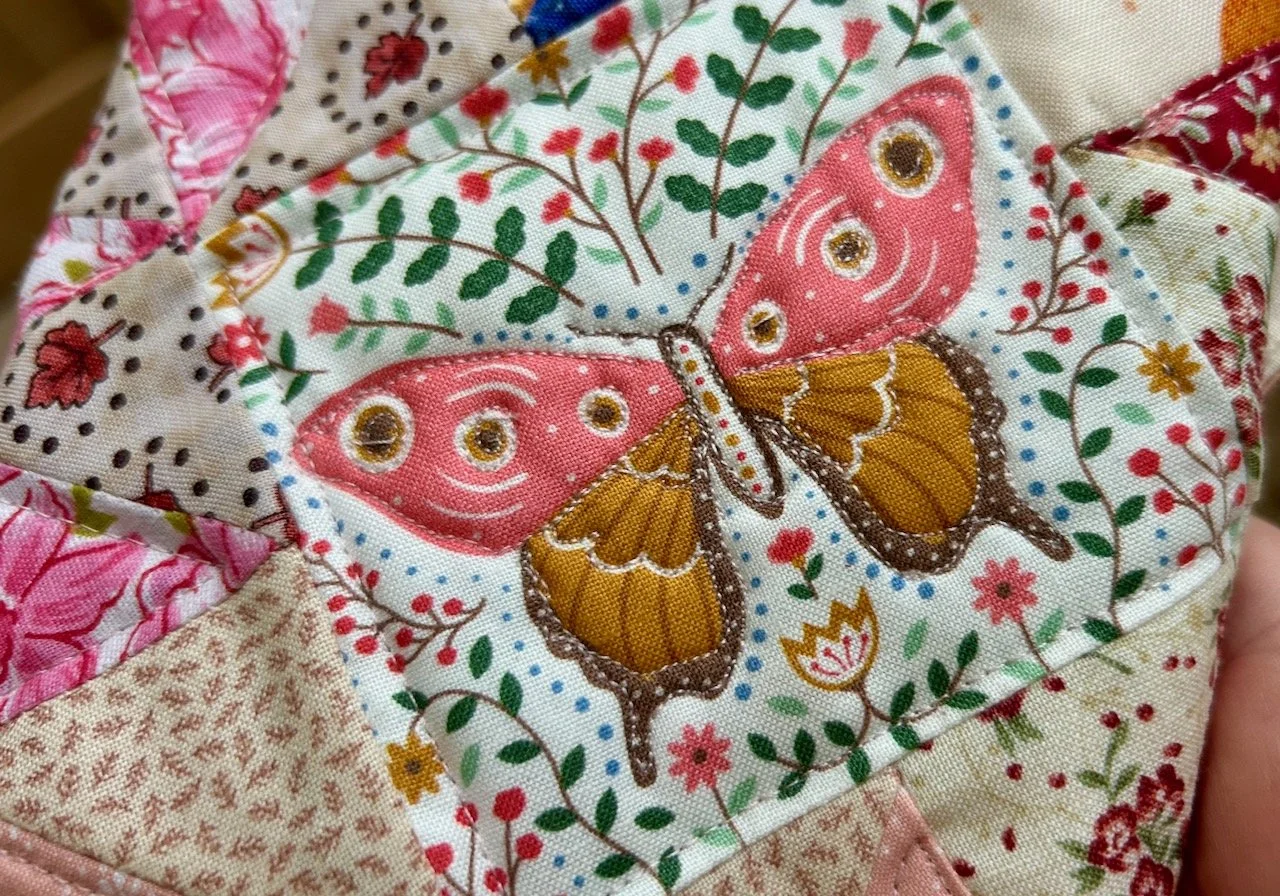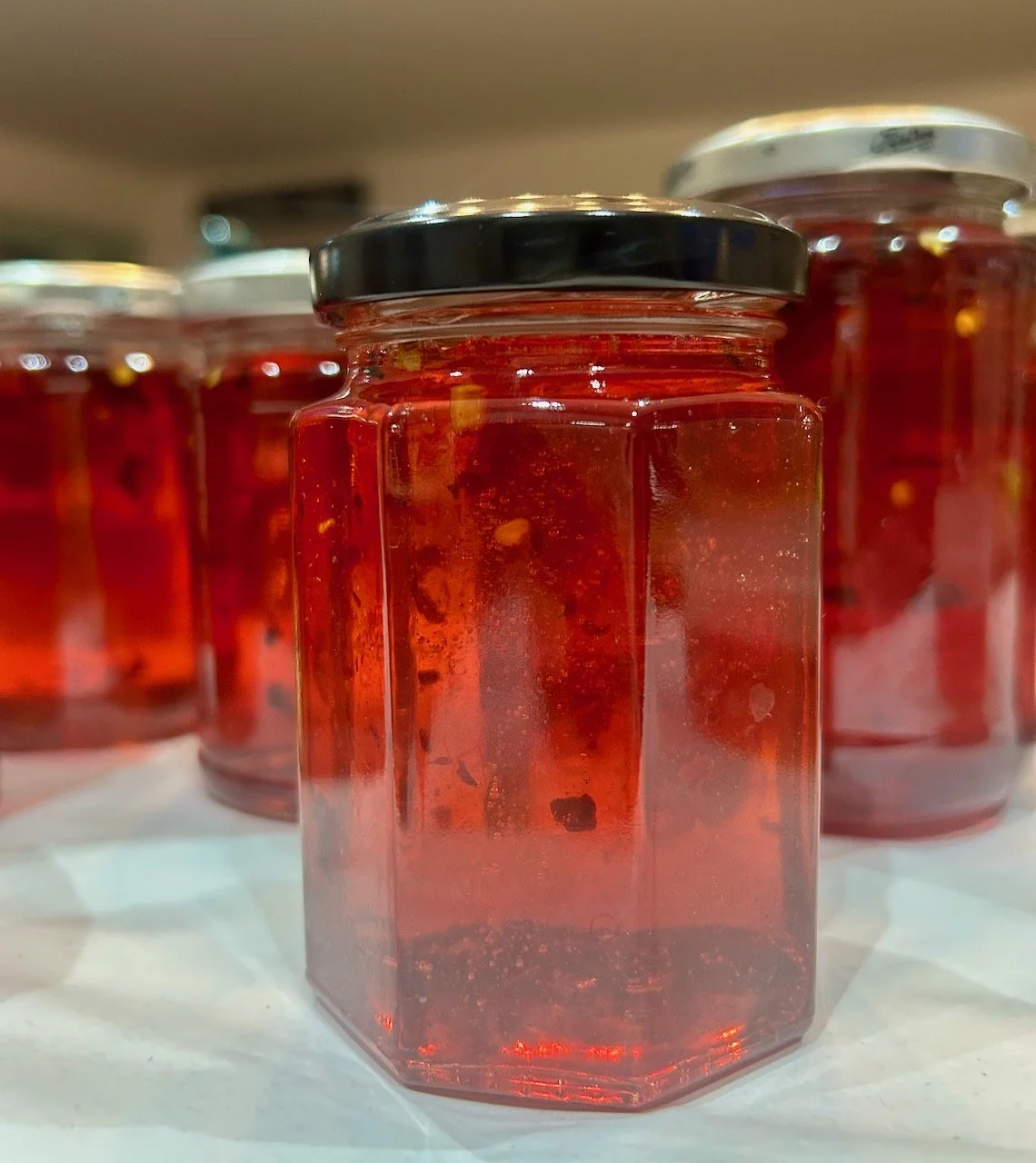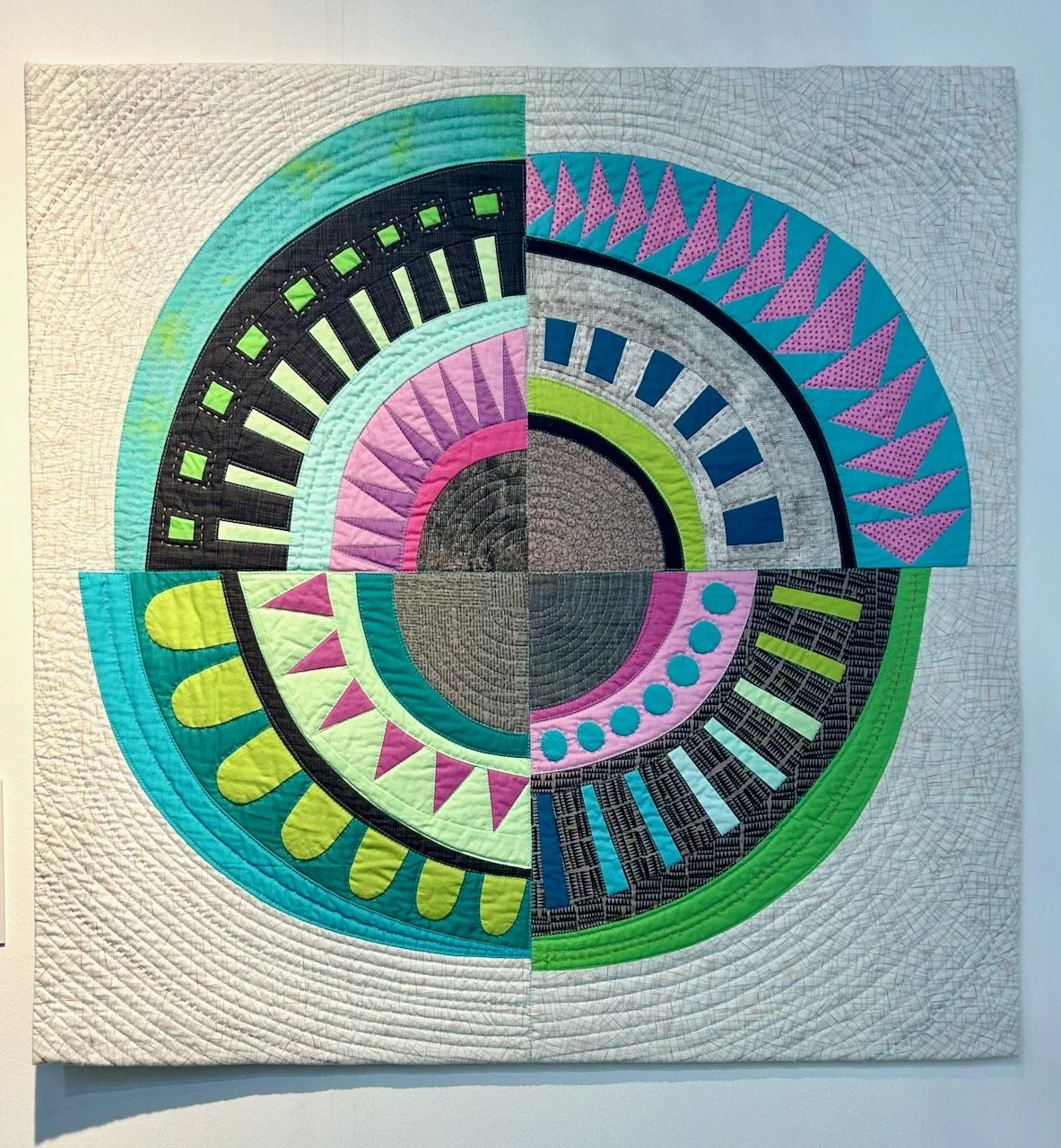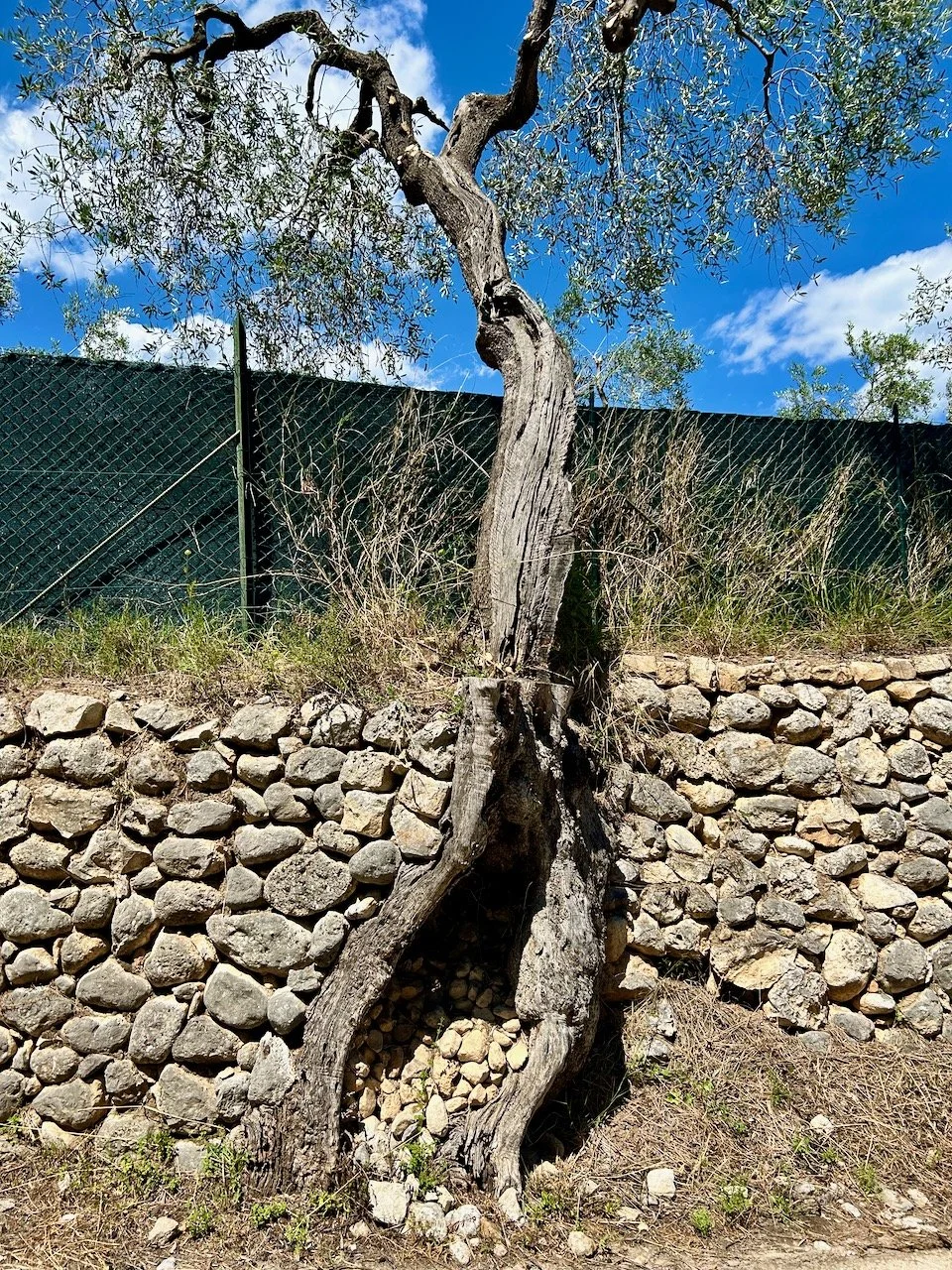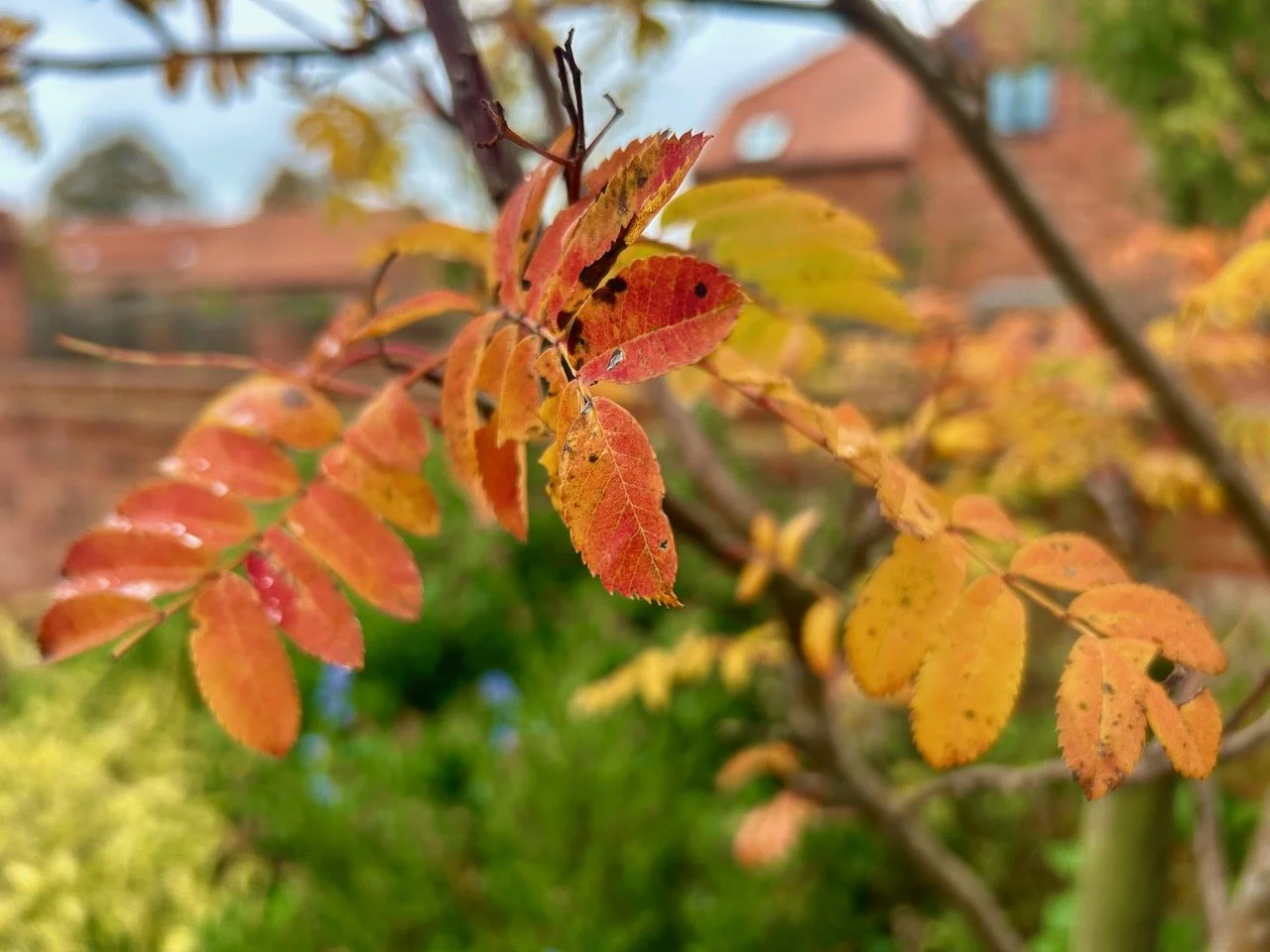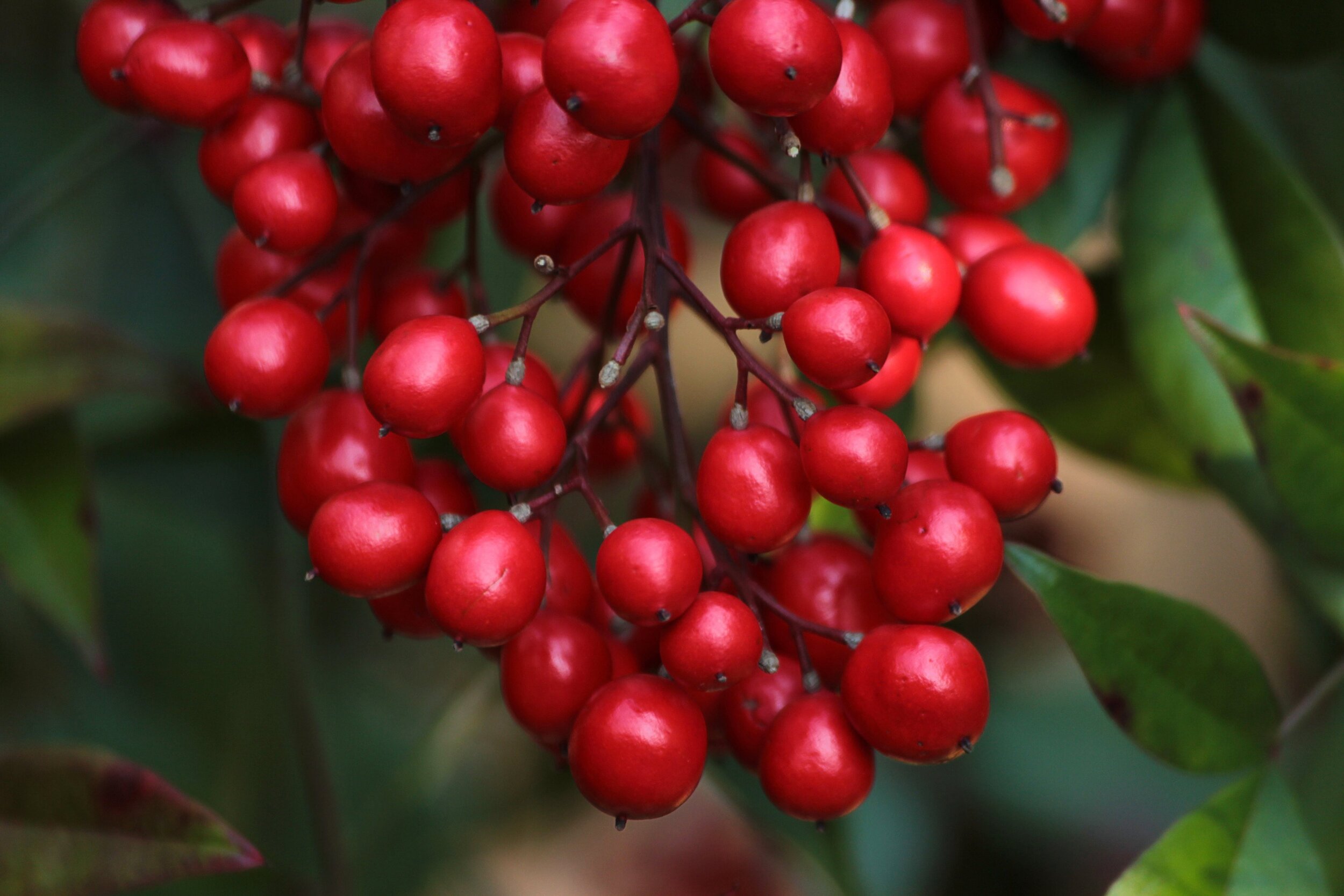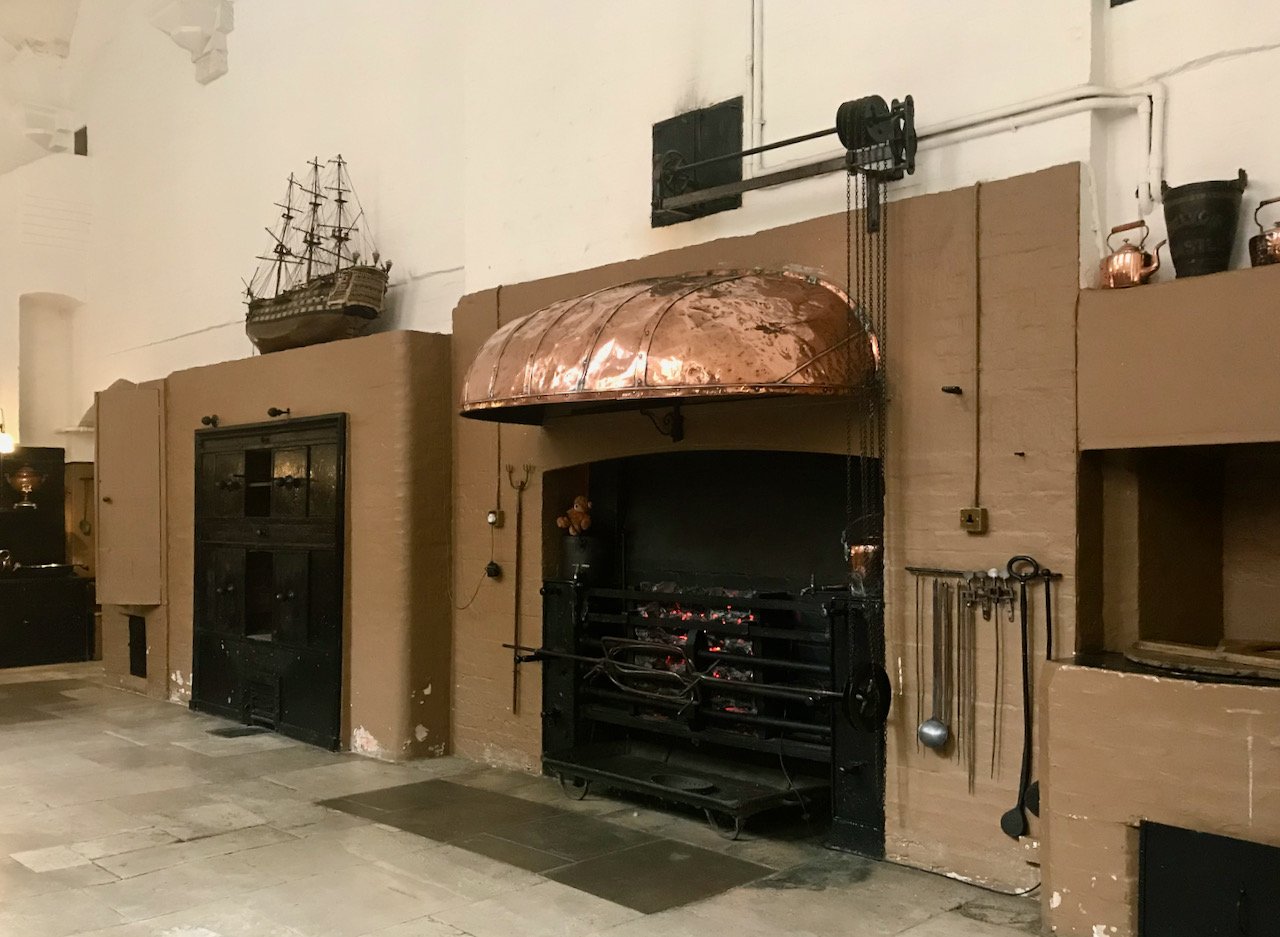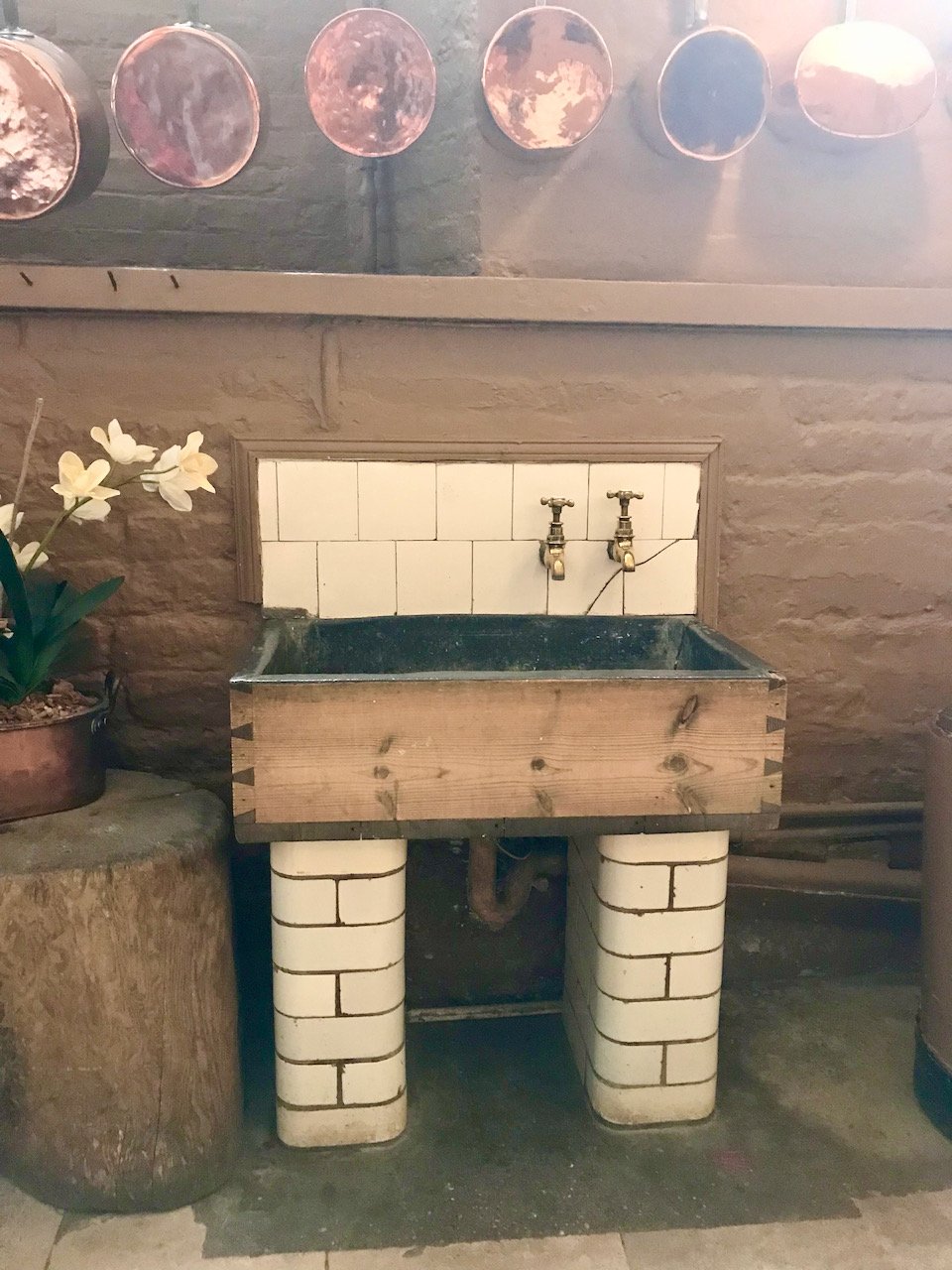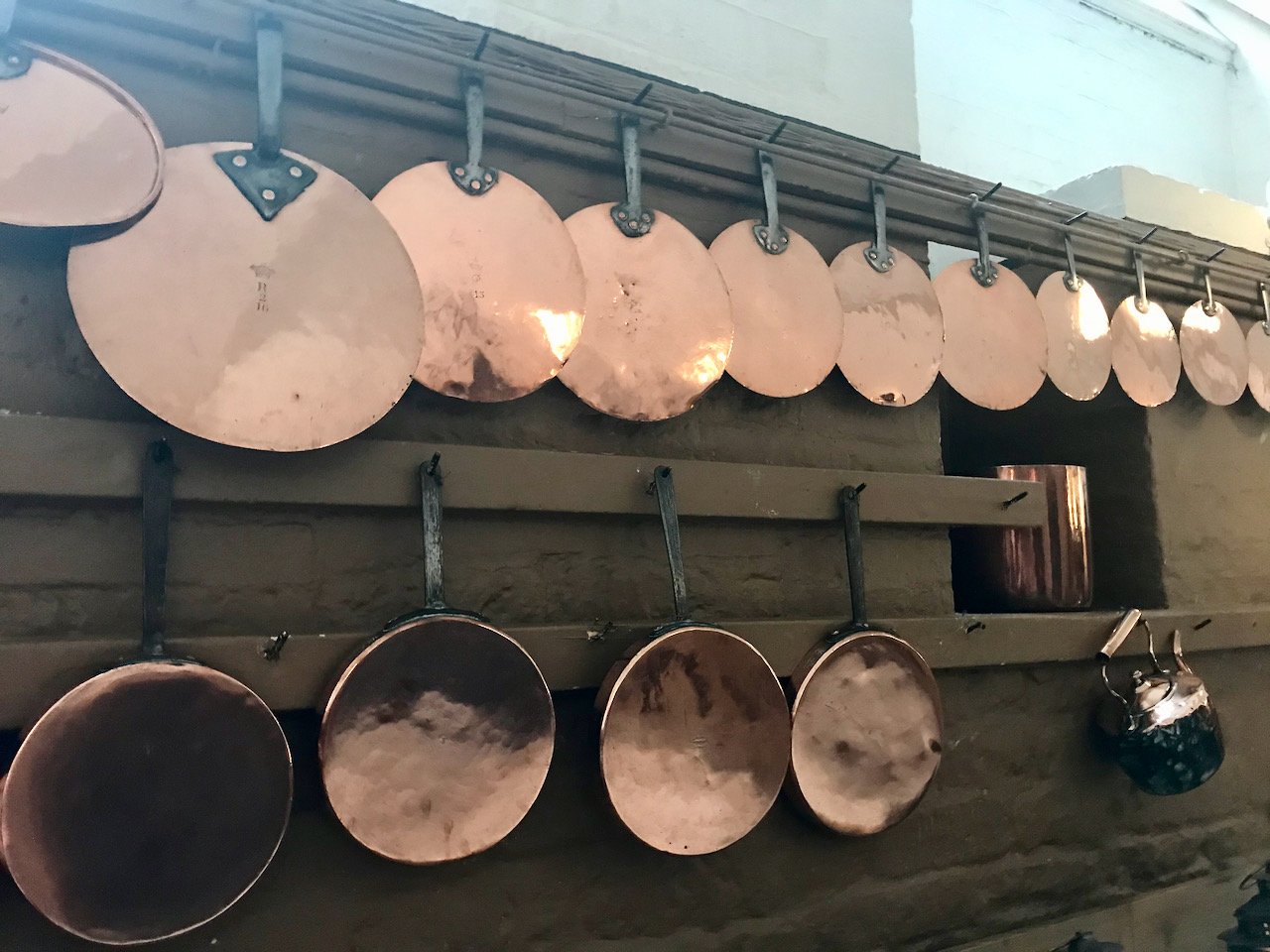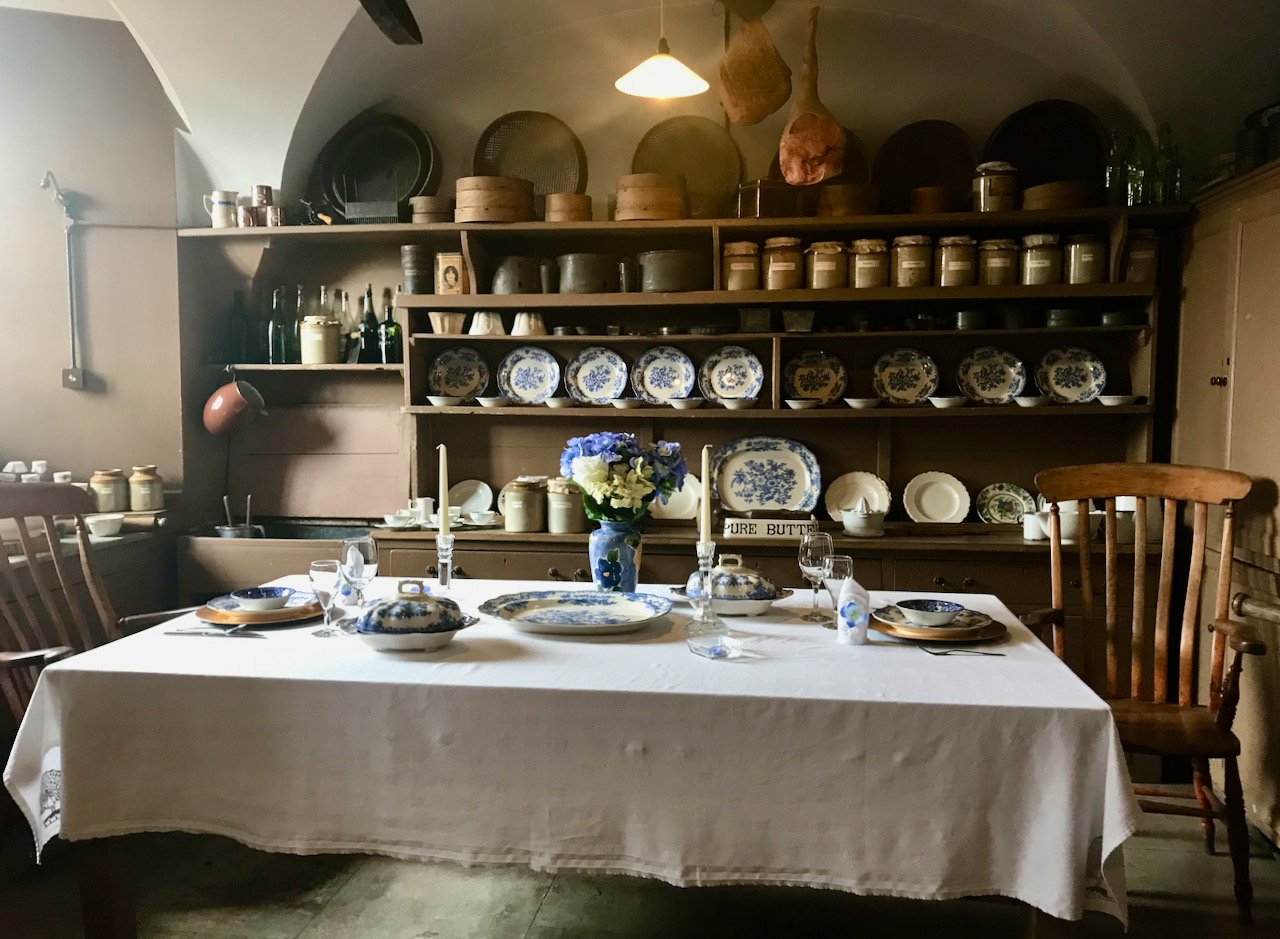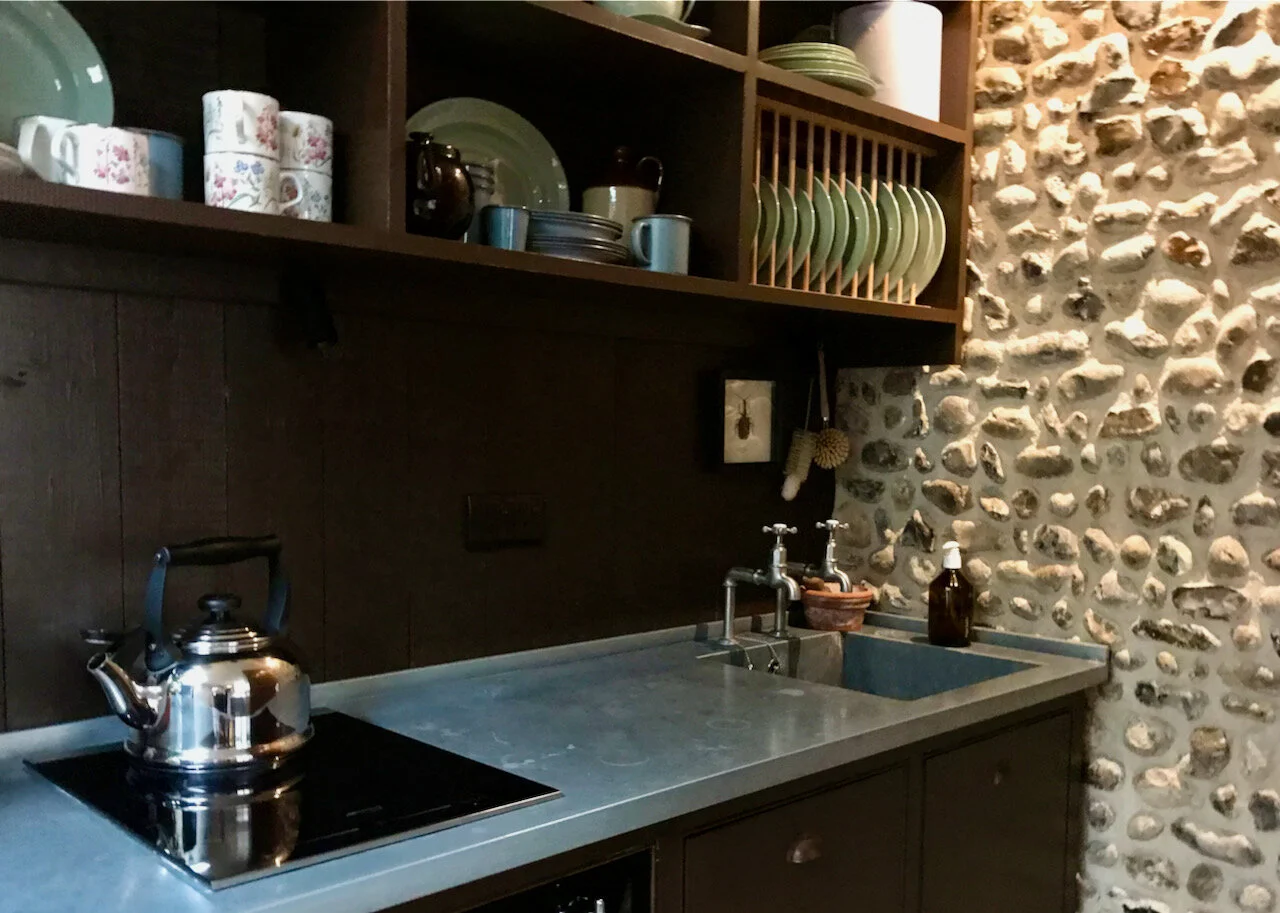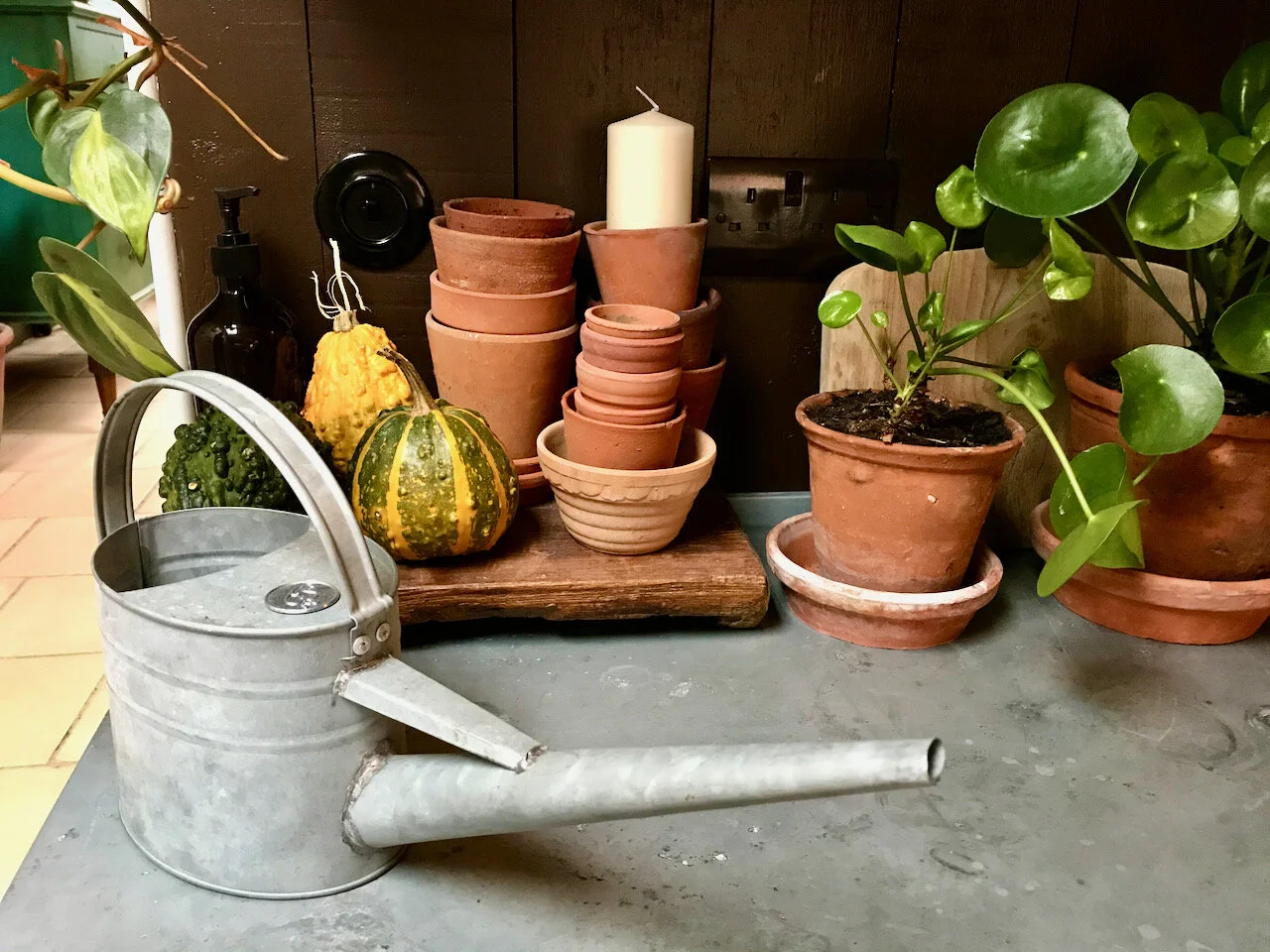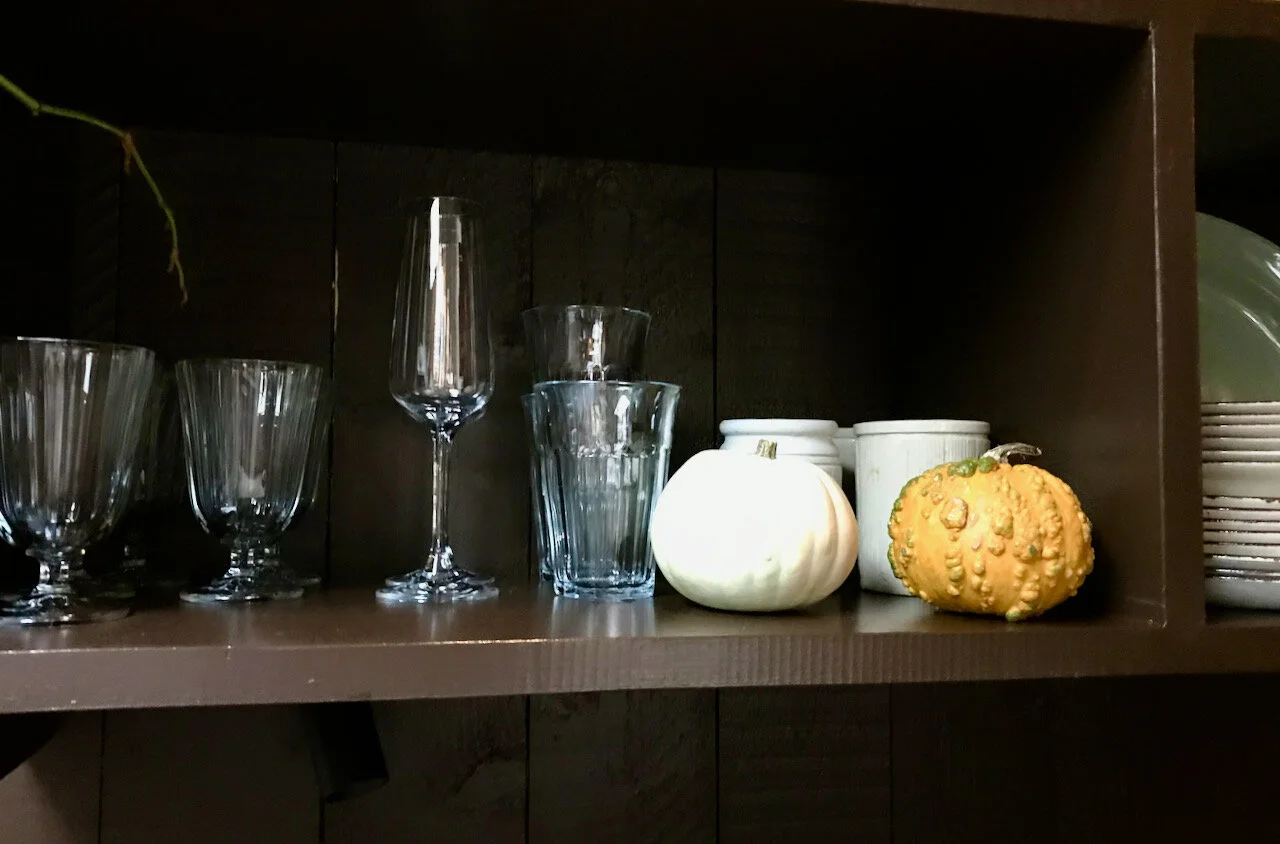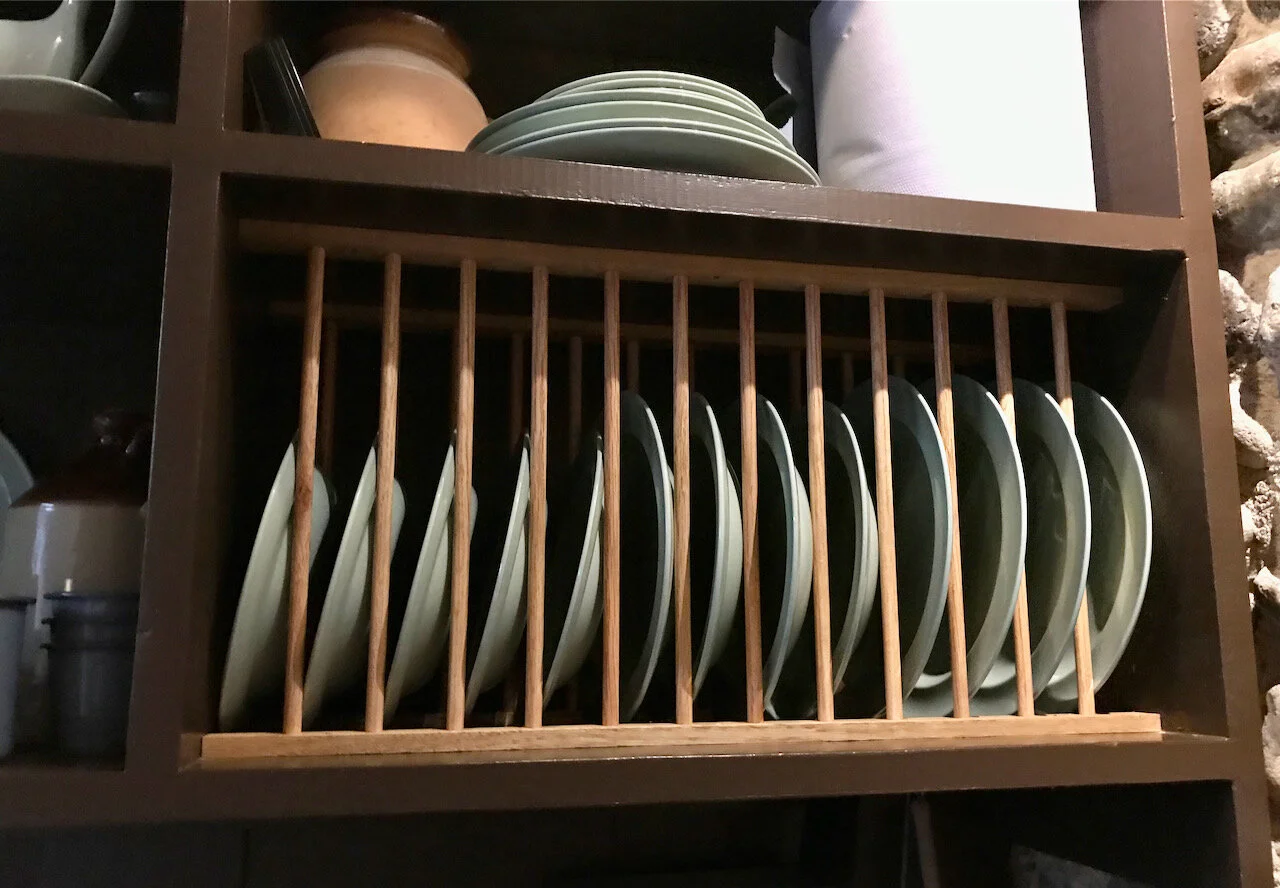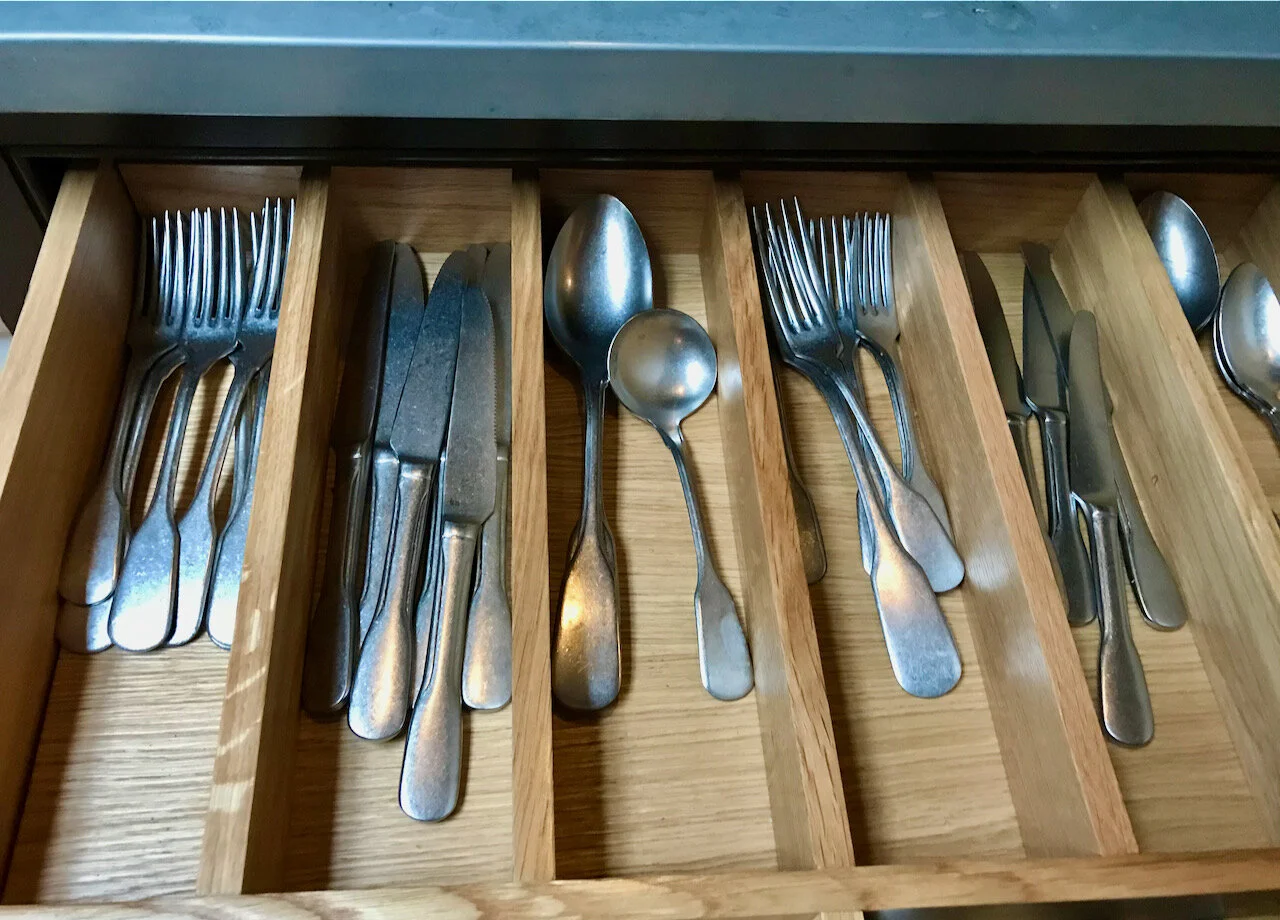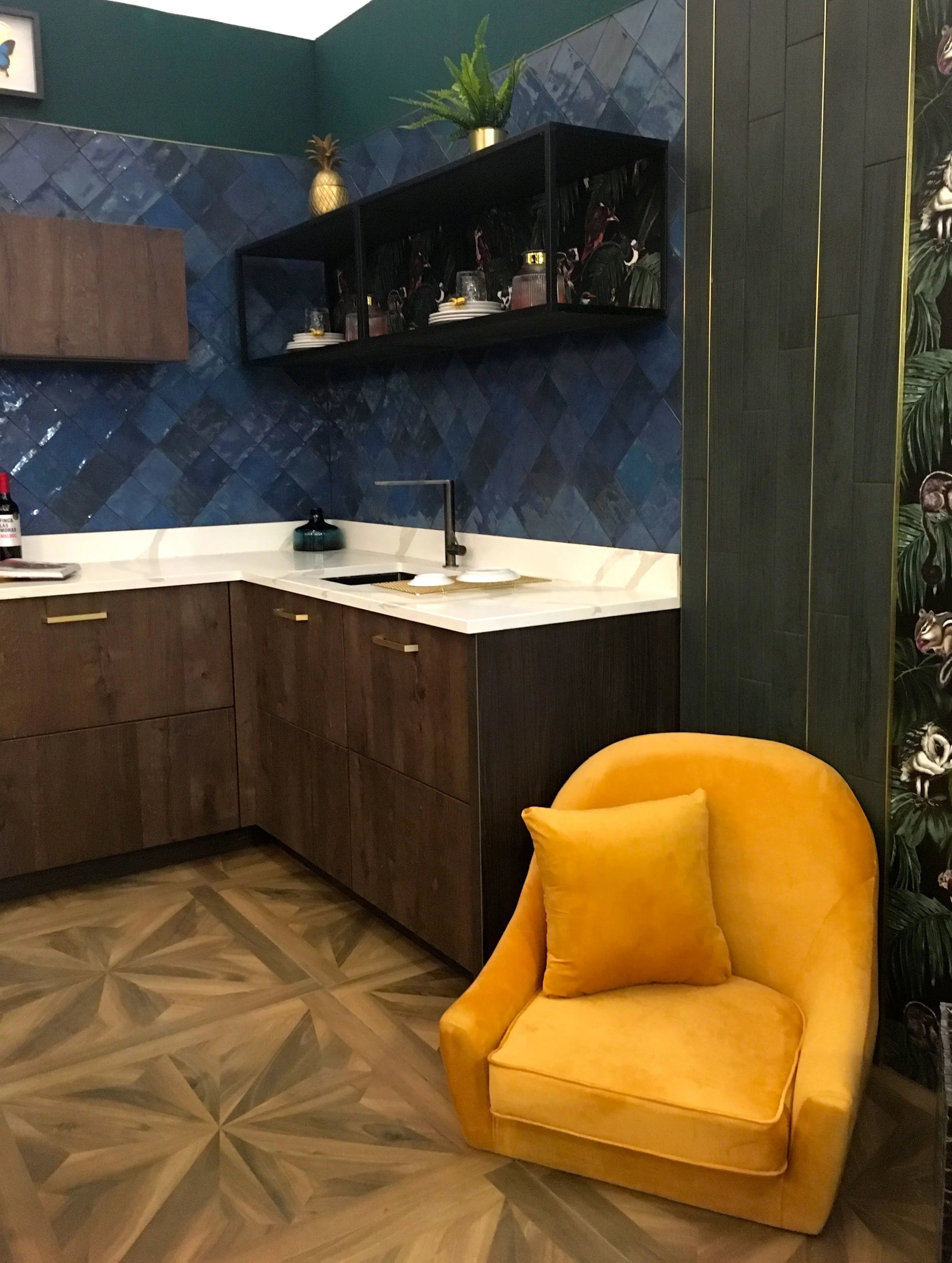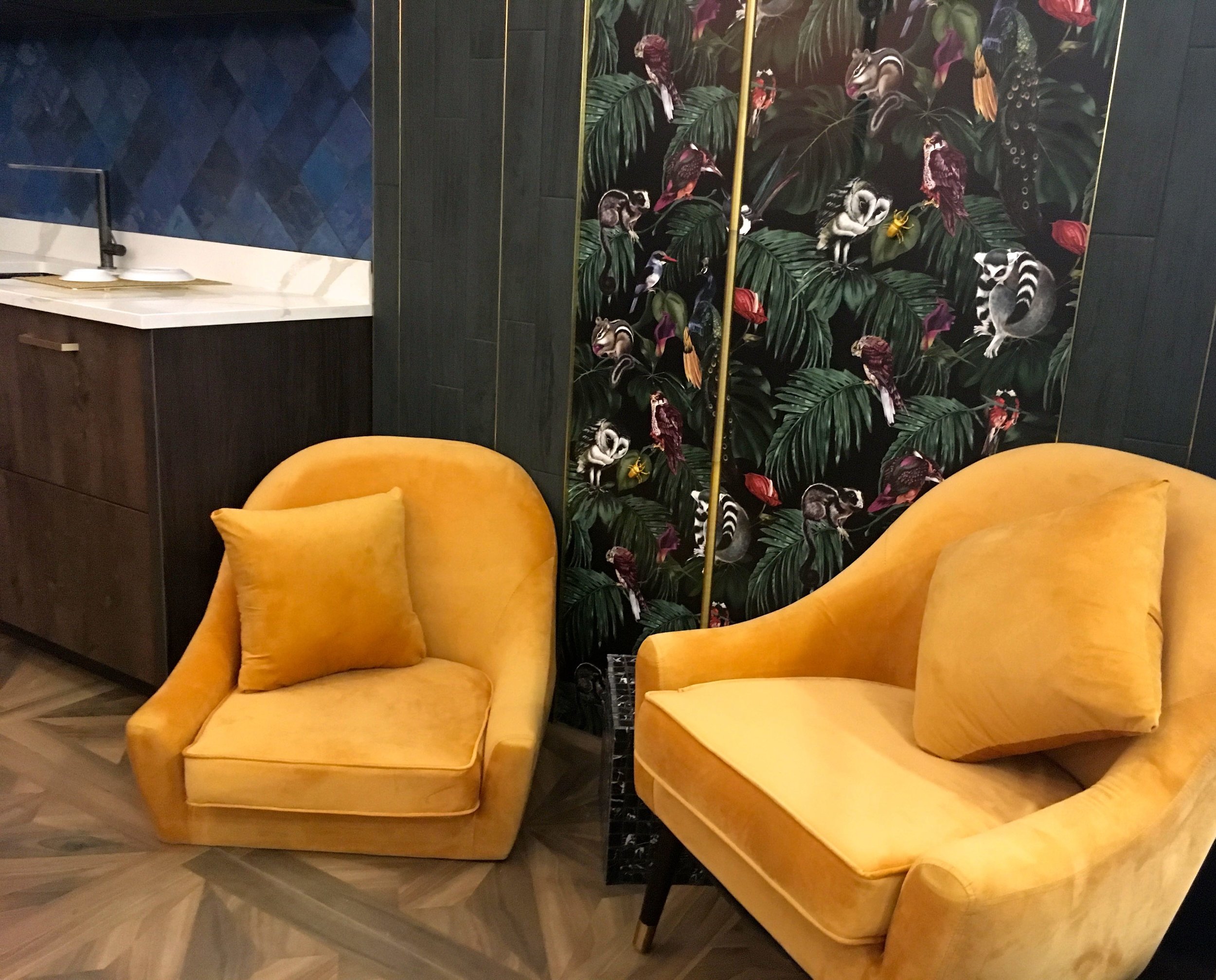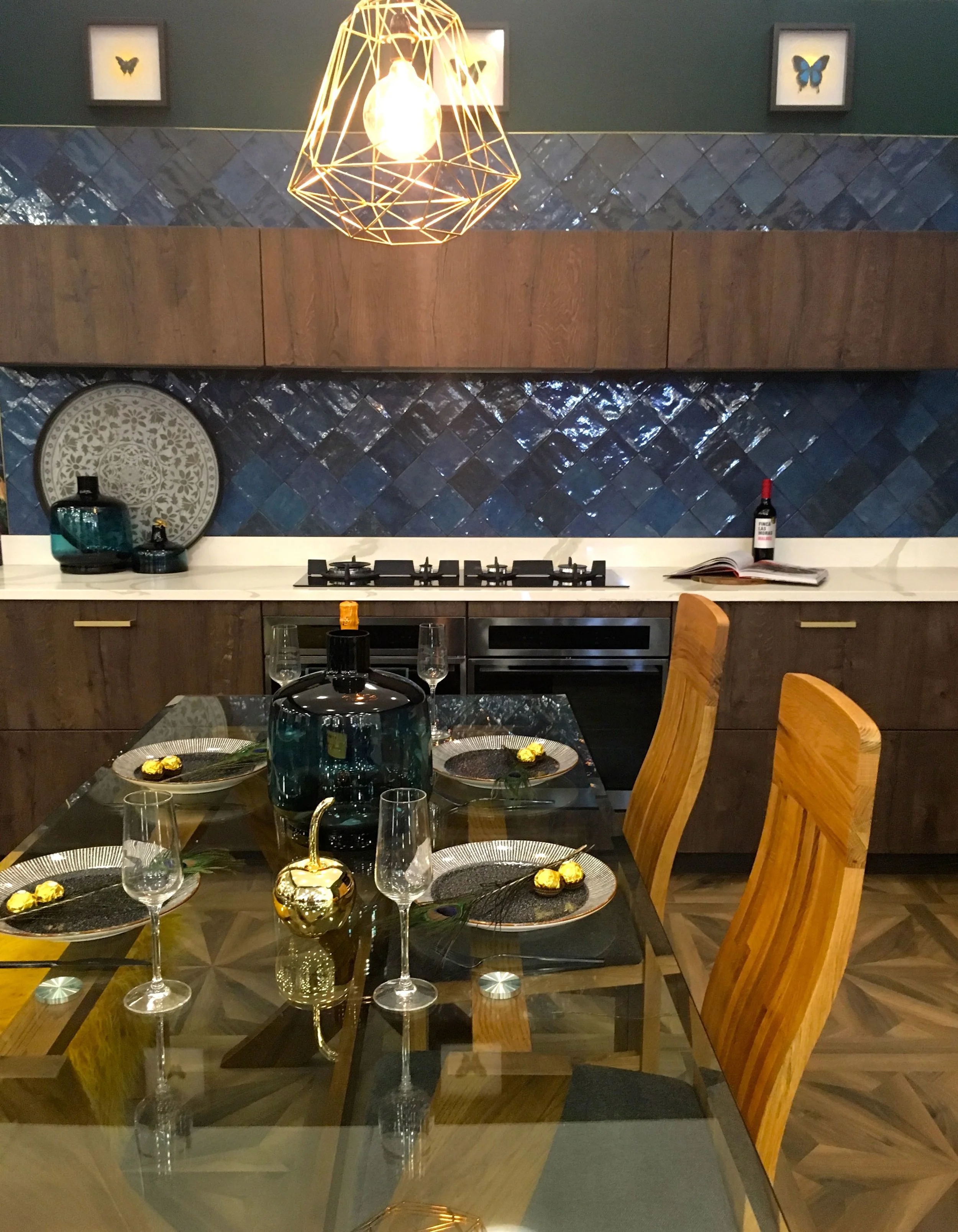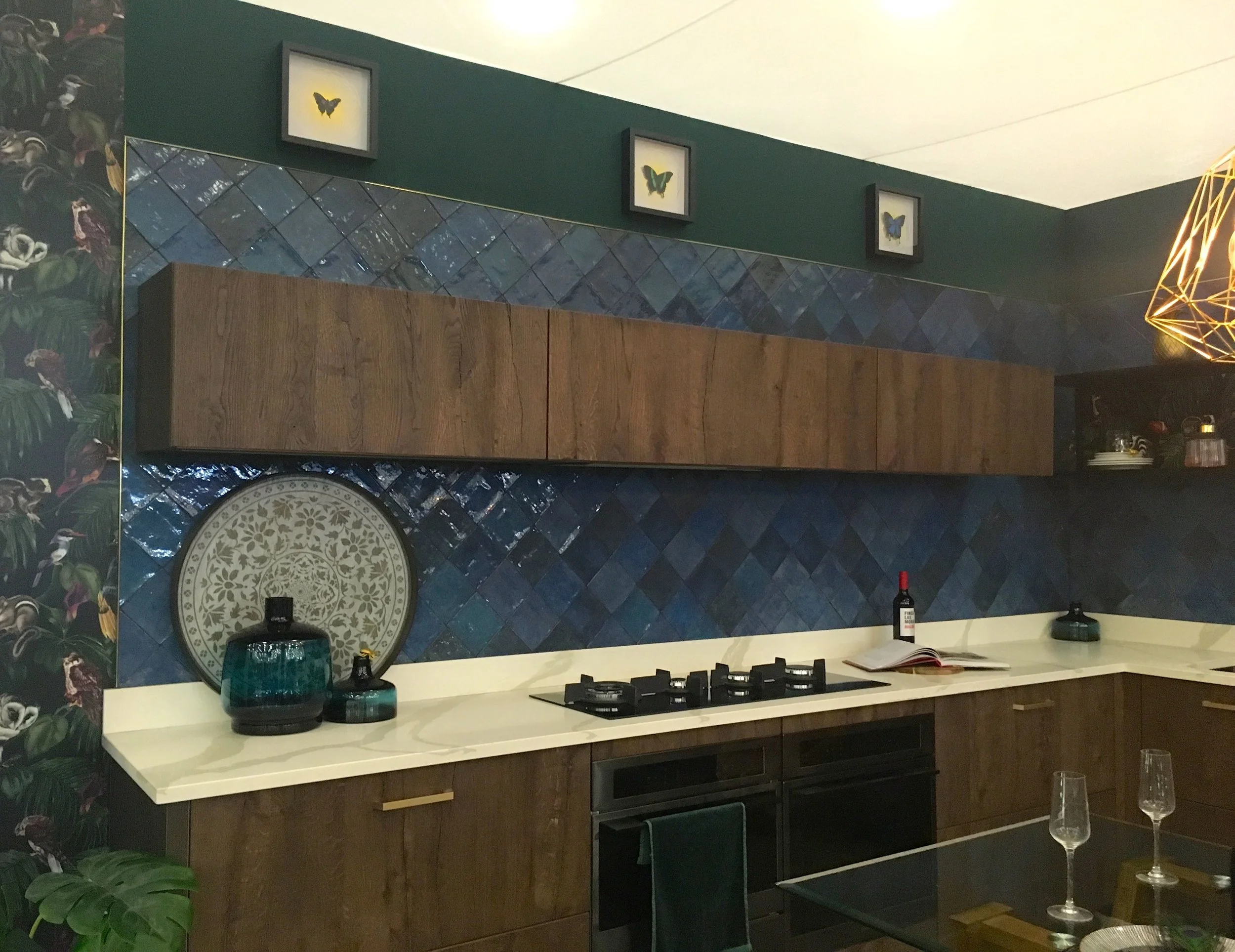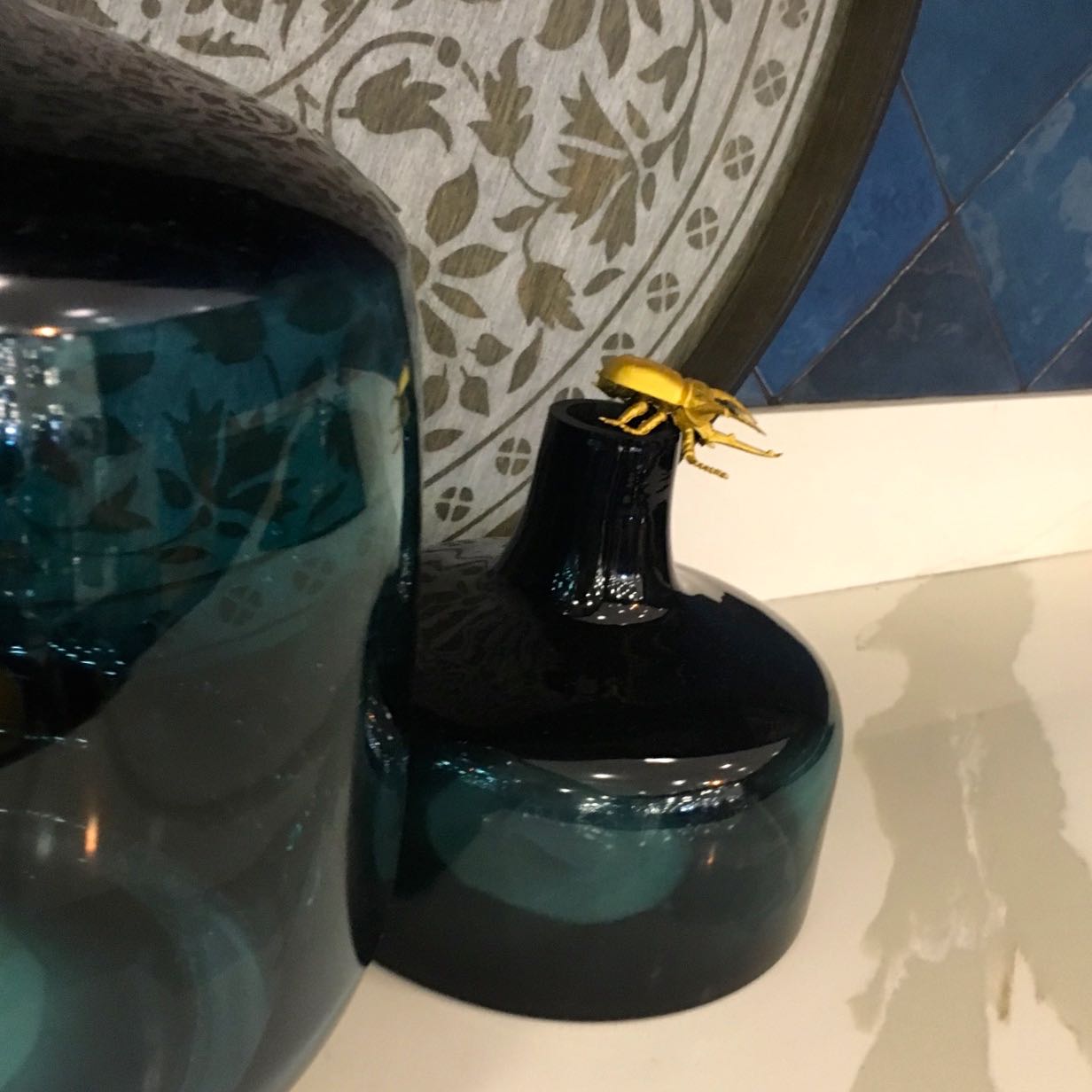I don’t know about you, but I find kitchens in large stately homes fascinating, and those in castles even more so. Above stairs at Belvoir was fantastic, but below stairs even more so - maybe it’s because I know my place, or maybe its the industriousness of them, but I know they’re always worth a look. The old kitchen at Belvoir Castle was at the centre of a series of rooms which includes larders, stores and rooms for the senior kitchen staff.
In this kitchen there were thirty plus staff preparing meals for the family, guests and the staff. It doesn’t bear to think how much food and drink was prepared in this space with its coal fired ranges and glorious copper pots and pans. And let’s not even think about keeping it or those pans absolutely gleaming.
The simplicity of the wooden lead-lined sink on tiled pillars tell its own story - and can most probably tell us many, many stories of its own.
One of the other rooms that was open to visit was The Pastry, which had a dual purpose. For what it’s named after - there’s a marble slab set below the window, which I don’t seem to have captured, but that was designed to provide a cool, dry and calm area where the cook could prepare delicate pastries and more I’m sure.
The room was also used as a space for the cook and kitchenmaids as a dining room and rest room, and it looks much more like the country kitchens we’re more familiar with - complete with some metal signs and tins that I’d be very happy to own myself.
Seeing these spaces empty is as I said before fascinating, and I bet even my most realistic visualisations are a patch on what life in kitchens like these were really like. I think I much prefer being able to imagine what it might be like, rather than experiencing them first hand - cooking meals for more than two people can be stressful enough, especially as there’s been really little opportunity to do that over the past few years.

